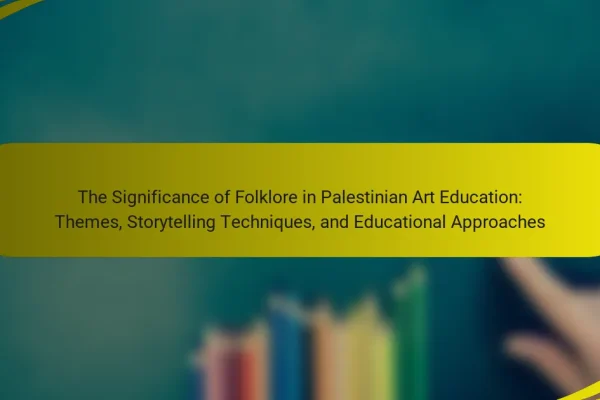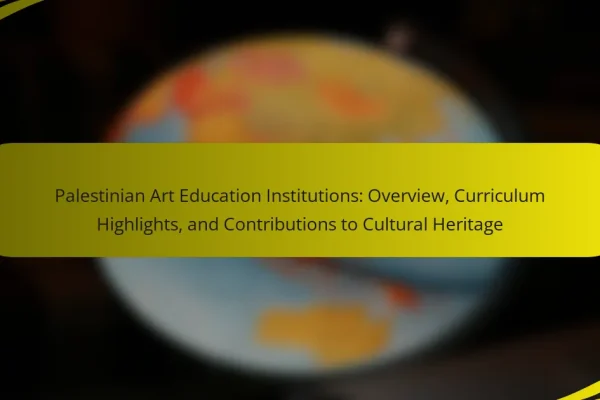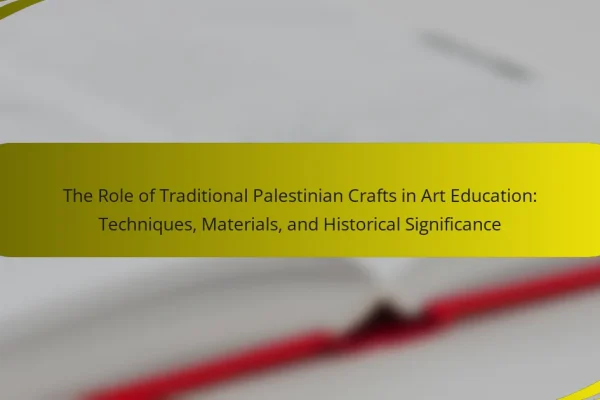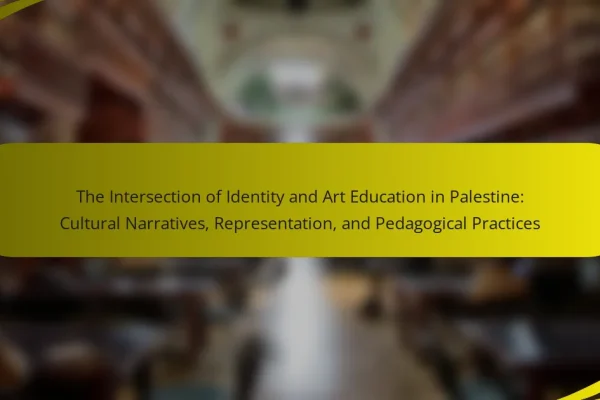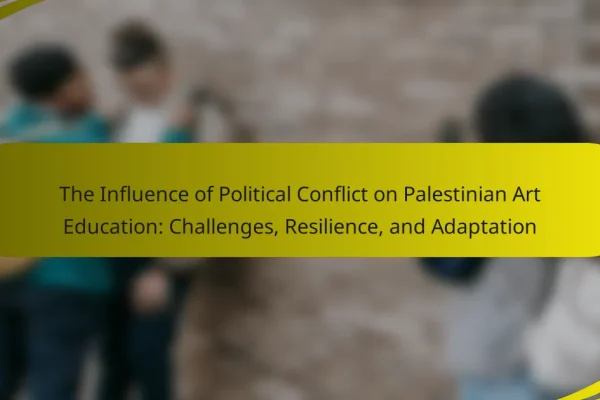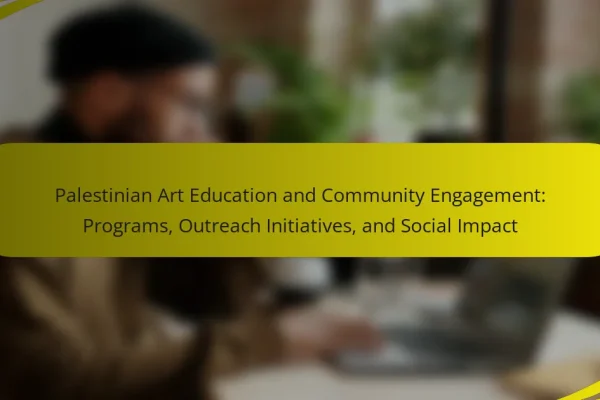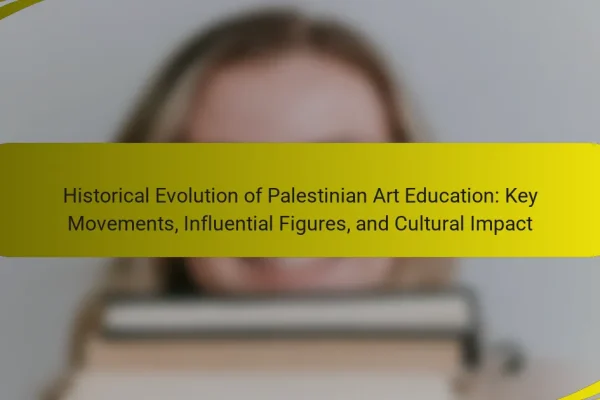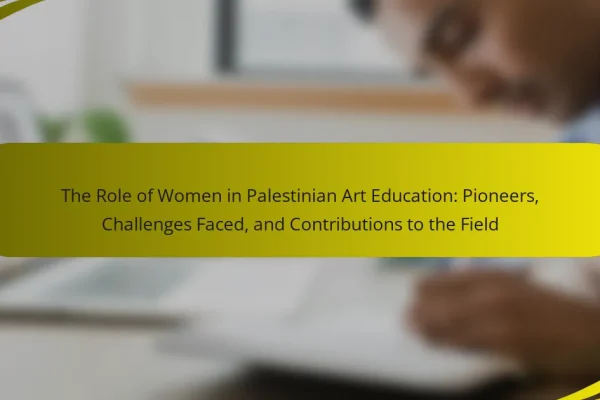
The Role of Women in Palestinian Art Education: Pioneers, Challenges Faced, and Contributions to the Field
Women are integral to Palestinian art education, serving as educators, artists, and advocates for cultural expression. Despite facing significant sociopolitical challenges and limited access to resources, they have pioneered initiatives that enrich the artistic landscape and foster resilience and cultural identity. The article examines the unique barriers Palestinian women encounter, contrasting their experiences with those…
